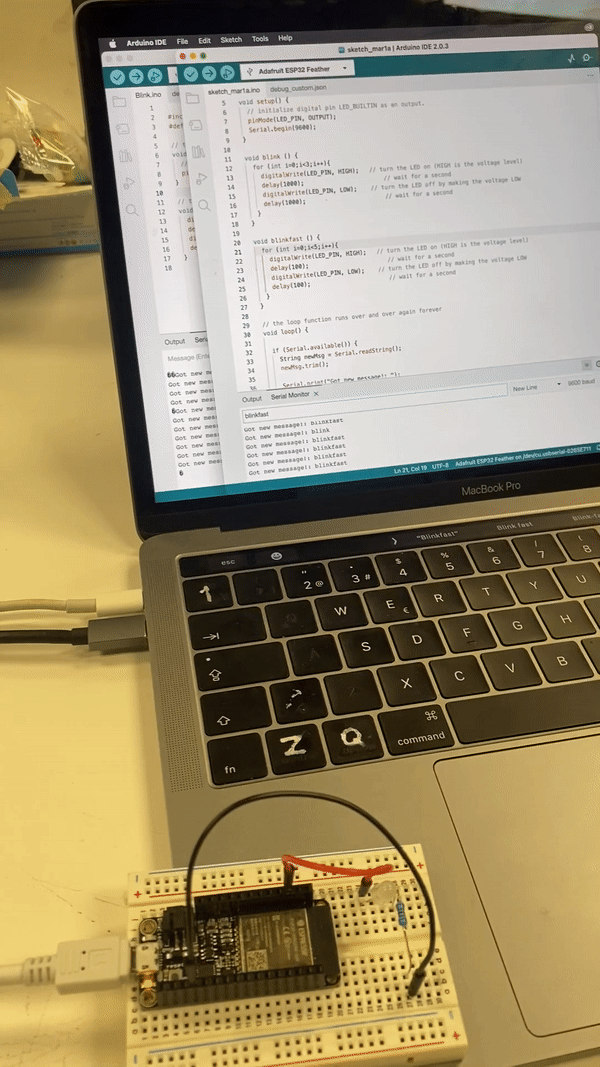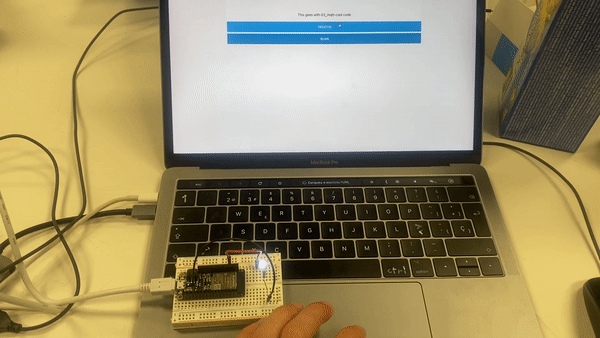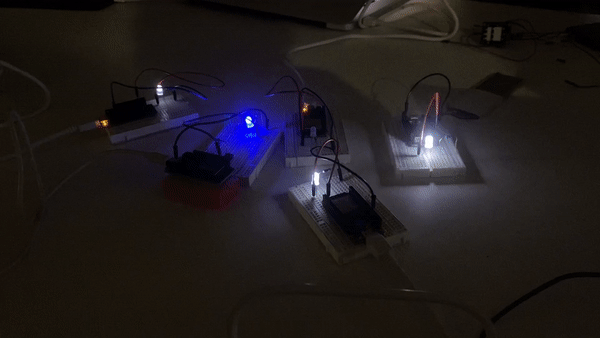Networking and Interfaces¶
Networking and Communications¶
During the networking lecture, we began by exploring the definition of a network and delving into the fundamental functions and design considerations that underpin contemporary networks. One particularly captivating aspect for me was observing how networks are structured through encapsulating identical data on multiple layers, allowing the data to travel securely to its intended destination.
We created a system to send and receive messages between devices, which was simple but very useful.


Interface: machine vs machine¶
Throughout the day, we engaged in a variety of class activities, but this time we approached them from a more experiential standpoint. We learned by doing, and then later read about what we had done. This type of learning worked well for me, as I felt I gained a deeper understanding of the subject matter. We worked primarily with an Arduino, a bread board, and an LED light, experimenting with different ways to use the LED. We utilized the Arduino IDE to find the code and made sure to modify it by changing the LED to a different pin, in order to avoid using the LED on the Arduino. In all instances of the code, we adjusted it to use LedPin 14 and set the LED to blink on and off within a specified time frame. Although we had covered this material in previous classes, it was during this session that I truly comprehended the process and felt confident in my ability to control both the code and the Arduino.




